SONY ALPHA
cameras & lenses

I originally posted this about 5 years ago, but have recently updated with my current kit. Back then people were still on the fence about mirrorless cameras, so I start off with a bit of info there. I’ve actually consolidated my kit a bit recently and have only featured the equipment I use often.
I’ve been shooting ocean & adventure photos for 15 years. Originally I started out with a Canon 20D. At the time I thought the 20D was the absolute business, 8 megapixels 5 fps and it could shoot 6 RAWs before it would hit its buffer. So that meant I’d get a lot of photos of guys pulling into the tube and by the time they came out I’d run out of frames.
As my photography progressed I continued up the ranks of Canon DSLR 40D, 60D, 7D, 5D3, 7D2. I had them all and I imagined I’d shoot Canon for life. But I was planning a 3 month overseas trip and wanted to travel light, so I started looking for a travel camera. I noticed one of my favourite photographers Chris Burkard was shooting with a tiny Sony camera and getting amazing results so I hit him up with an Instagram DM. The guy has 3 million followers, but he’s an absolute legend and took the time to answer back and gave me some advice. I purchased a Sony A6000 and went off on my trip. During my journey I learned pretty quickly that size wasn’t the only advantage of the mirrorless cameras. It could actually do everything my bulky Canon 7D2 did and so much more. The electronic viewfinder was a game changer for travel photography and somehow the sensor in that tiny camera was actually bigger than the sensor in my 7D2 and had superior dynamic range. The image quality blew me away. So when I got home I sold all my DSLR gear and went all in on a Sony mirrorless kit. That was back in 2015 and I’ve been shooting 100% Sony mirrorless ever since.

In 2018 I became a Digital Imaging Ambassador for Sony so I’m fortunate enough have access to a lot of Sony gear. I get a lot of folks curious about Sony equipment so I thought it may be useful to write a run-down of the cameras and lenses I use. My kit above might look like over-kill for a ocean & adventure photographer and it definitely is! But I don’t like to limit myself to only shooting ocean and adventure photography. I also enjoy shooting editorial, commercial and weddings, plus I just really like camera gear!
The following is just a collection of my own personal thoughts and opinions. The Sony Alpha gear has worked amazingly well for me, and I really feel it’s played a big part in the progression of my photography in recent years. I mostly shoot still images, so that’s what I’ve based my reviews on. Have a read, hopefully my views and opinions might play a part in helping you find what equipment will work best for you.

Why Mirrorless?
DSLR technology has really stagnated over the last few years. New models come out with a few more megapixels and some slight improvements in features, but I can’t even remember what the last major advancement in DSLR was. That’s because it’s pretty much dead technology. With mirrorless cameras there’s so much more possibilities for technical advancements and Sony is the market leader in mirrorless. Here’s a few features of mirrorless that I personally love and works well for my own photography style.
Electronic View Finder
Without a doubt the thing I love the most about mirrorless is the electronic viewfinder (EVF). With an EVF you are seeing through the viewfinder what your sensor is seeing. If you change your exposure you can see if get brighter or darker through the EVF. If you’re shooting backlit portraits this traditionally is a really challenging time to get a balanced exposure. With a DSLR you might take a shot, look back it at, too dark! Adjust your settings, take another, look again, too bright! With an EVF you actually see your exposure before you take the photo, so there’s no need to look back and check the images. It makes shooting so much faster and more accurate. I also like the way you can see sun flares and position yourself and your subject to place your flare where you’d like it in the frame.
Superior Focus
On a DSLR to focus the camera has to bounce light off the mirror, onto another mirror and then onto the focus sensors. That calculates the distance for the camera to focus and then hopefully when you take your photo if all the calculations were correct and everything was in perfect alignment then your subject will be in focus in your actual photo. Unfortunately in reality often this isn’t the case, and you might shoot 3 photos in a sequence of the exact same stationary subject, but they may all be slightly different variations of focus. Often you get lenses that for some reason just don’t get along with the calculations in the focus system, which is when you get back or front focusing issues (a lens that always focus slightly behind or in front of your subject). You can attempt to fix this by micro adjusting for the lens, which tells your camera to focus slightly forward or back for that particular lens. But when you shoot at different distances the micro adjustments aren’t quite as accurate.
With mirrorless cameras the focus sensors are on the actual image sensor. So with mirrorless then there’s no bouncing around on mirrors and calculations required, your pre-focus and actual focusing are exactly the same. I’ve found the focus accuracy of the newer Sony Alpha mirrorless cameras to be far superior to that of a DSLR, and if you take 3 photos of your stationary subject then you’ll find they will all be in focus. There’s also no need to micro-adjust any lenses, ever! Everything just works. I’ve been blown away be how accurate and crisp the Sony images are. I get a real kick from zooming in to 100% on the A7RIII 42MP files and reading a guys board dimensions. (Note this original post is about 5 years old and I have recently updated my gear below, now running the A7RV which is 61MP so you’d be able to zoom even tighter!)
 Sony A7RIII + 100-400mm f/4.5-5.6 full image
Sony A7RIII + 100-400mm f/4.5-5.6 full image

Sony A7RIII + 100-400mm f/4.5-5.6 at 100%
The Sony mirrorless cameras also have some super sophisticated focus tracking modes and also Eye Autofocus which is absolutely amazing. The camera will lock focus onto the closest pupil of your subject so your portraits are tack sharp on the eyes. There’s also Eye AF for animals which is an absolute game changer for wildlife photographers.
Smaller Lighter Camera Bodies
Mirrorless bodies are far smaller and lighter than DSLRs. This is a huge bonus for travel & hiking or long shoots like weddings where you are using multiple cameras for 10 hours at a time.
Image Stabilization
Most of the newer Sony mirrorless cameras have IBIS (in-body image stabilization). Which is basically and image stabilised sensor. This means you can shoot slower shutter speeds without getting camera shake. I’ll often shoot low light landscape images at around 1/15th of a second. This means I can shoot a higher aperture getting better depth of field and a lower ISO giving me cleaner images and more dynamic range to work with when editing.

Sony Alpha Camera Bodies
These are the camera bodies I currently own and use for all my photography work. I’m not going to go into all the technical features of each camera as that info is readily available online. Click each camera’s title if you’d like to read more about the specifications.
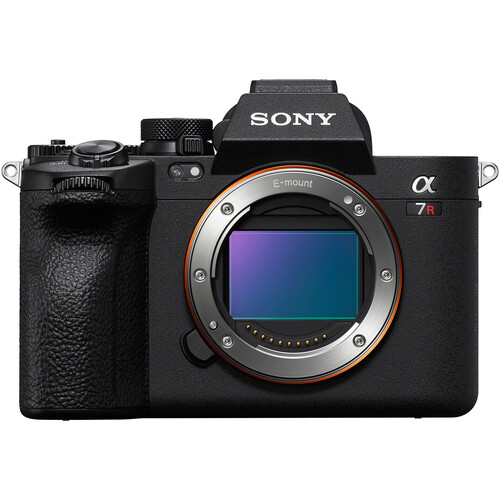
Sony Alpha A7RV – 61MP full frame sensor
This is my favourite camera of all time. The 61-megapixel full-frame sensor delivers amazingly crisp images. I often shoot with large prints in mind and this is the best camera for going big. The new AI processor also gives the Alpha 7R V absolutely incredible autofocus. The face recognition works exceptionally well, even for surfing action. 61MP is overkill for lifestyle photography but the A7RV has the ability to also shoot 26MP Medium RAWs which is really handy to save memory card & hard drive space, plus will make post processing quicker. This is my main body for shooting in the water in an Aquatech Edge Housing.
One thing worth noting; when you have a high-res sensor like this, you really want to pair it with the G-Master lenses for optimum image quality.
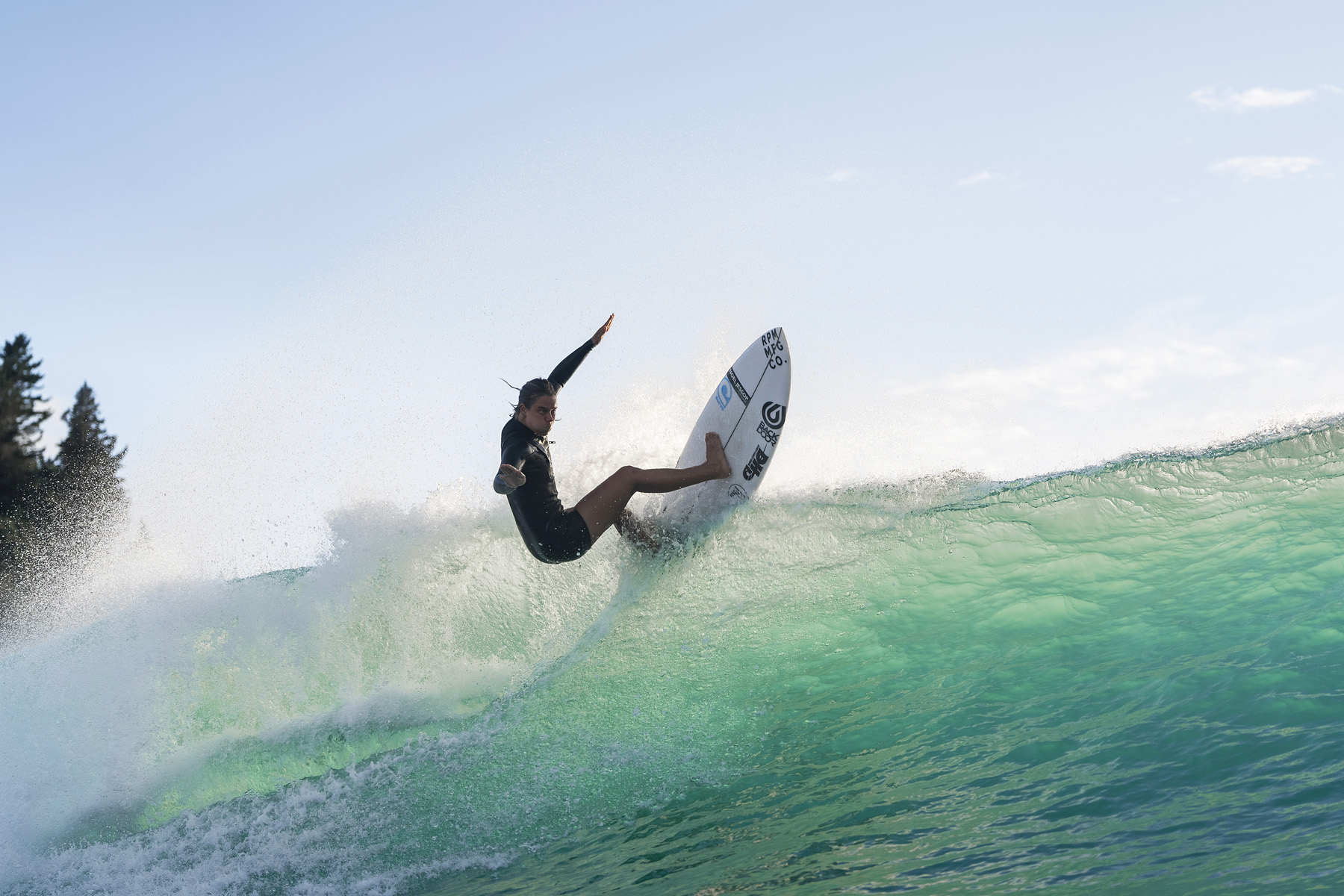
 Paige Hareb > Sony A7RV + 70-200mm f/2.8 MkII in Aquatech Edge housing
Paige Hareb > Sony A7RV + 70-200mm f/2.8 MkII in Aquatech Edge housing

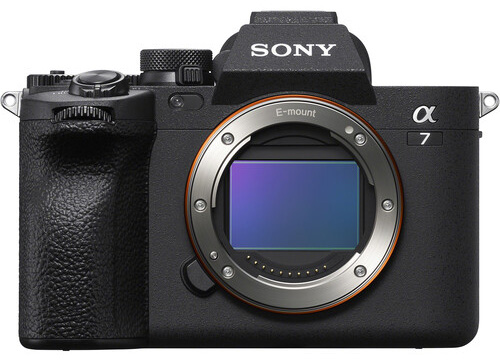
Sony Alpha A7IV – 33MP full frame sensor
The A7IV is such a great all-round camera. Photos or video, it just does everything well. It can shoot 4K 60p video and 33-megapixel stills, so it’s an awesome camera for the hybrid stills/video shooter. If you want a good value full-frame body, this thing is a gem!
The button layout is the same as the A7RIV which is great as I can use this camera in the same Aquatech Edge Housing.
The A7IV is is my primary camera for shooting weddings and I’ll usually have it with a different focal length as a second camera for shooting surfing.
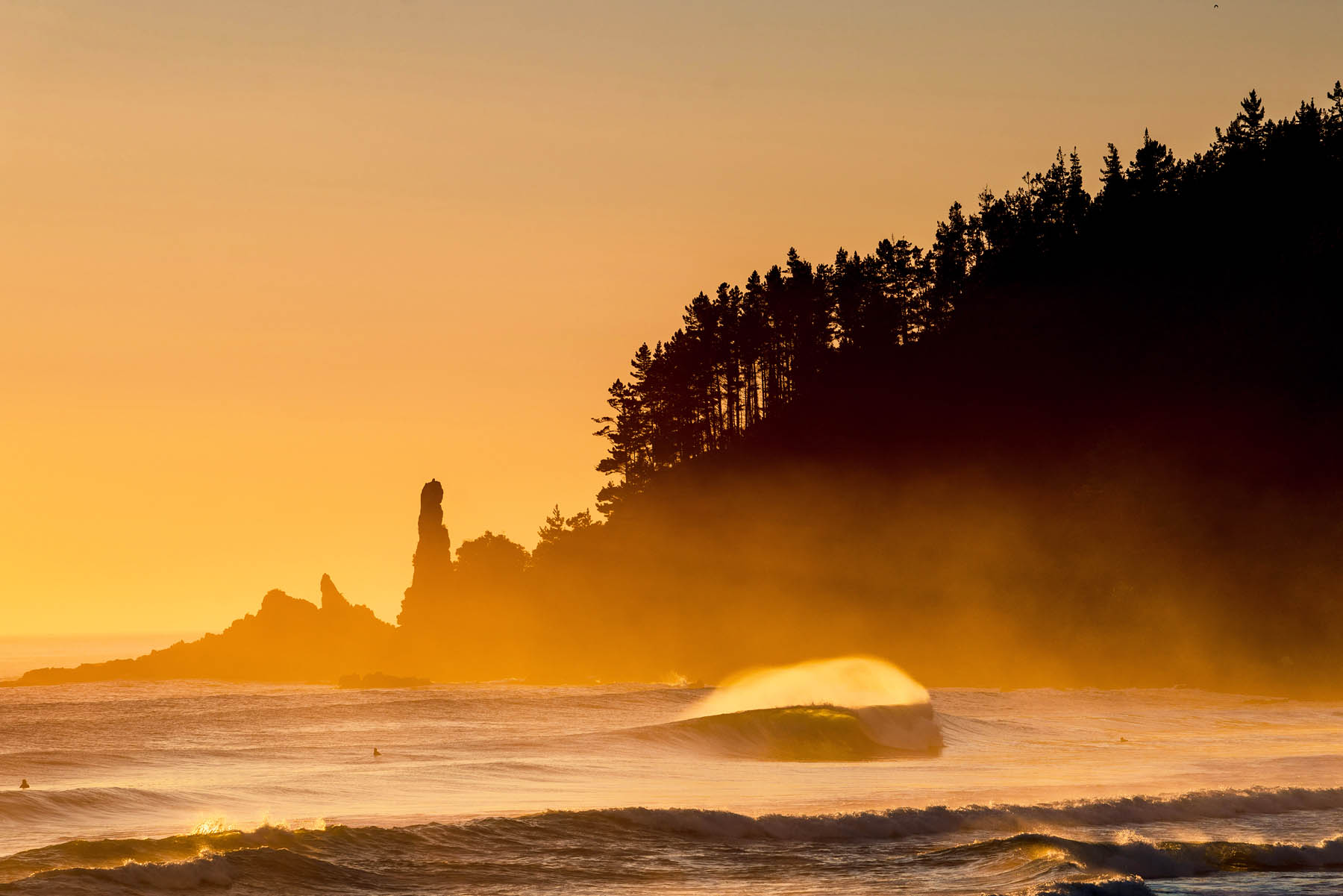 Sony A7IV + Sony 100-400mm f/4.5-5.6
Sony A7IV + Sony 100-400mm f/4.5-5.6

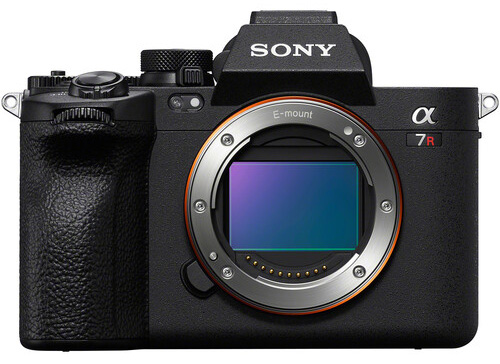
Sony Alpha A7RIV – 61MP full frame sensor
This was my previous go-to camera but now it mostly just gets carted around as a backup now. It’s still an epic camera with amazing image quality. All my best images shot from mid 2019 – mid 2023 were shot with this camera.
Main features I like that my new A7RV has over this camera is a superior processor giving near unlimited buffer (epic for shooting high fps sequences). Better image stabilisation (more important for video), AI power focusing, a dedicated video/stills switch which makes it easier to switch between and change exposure modes and the A7RV’s Anti-dust Shutter Mechanism is great (shutter closes when changing lenses).
If the above all sounds like stuff you could do without then The A7RIV could be a great option for you.
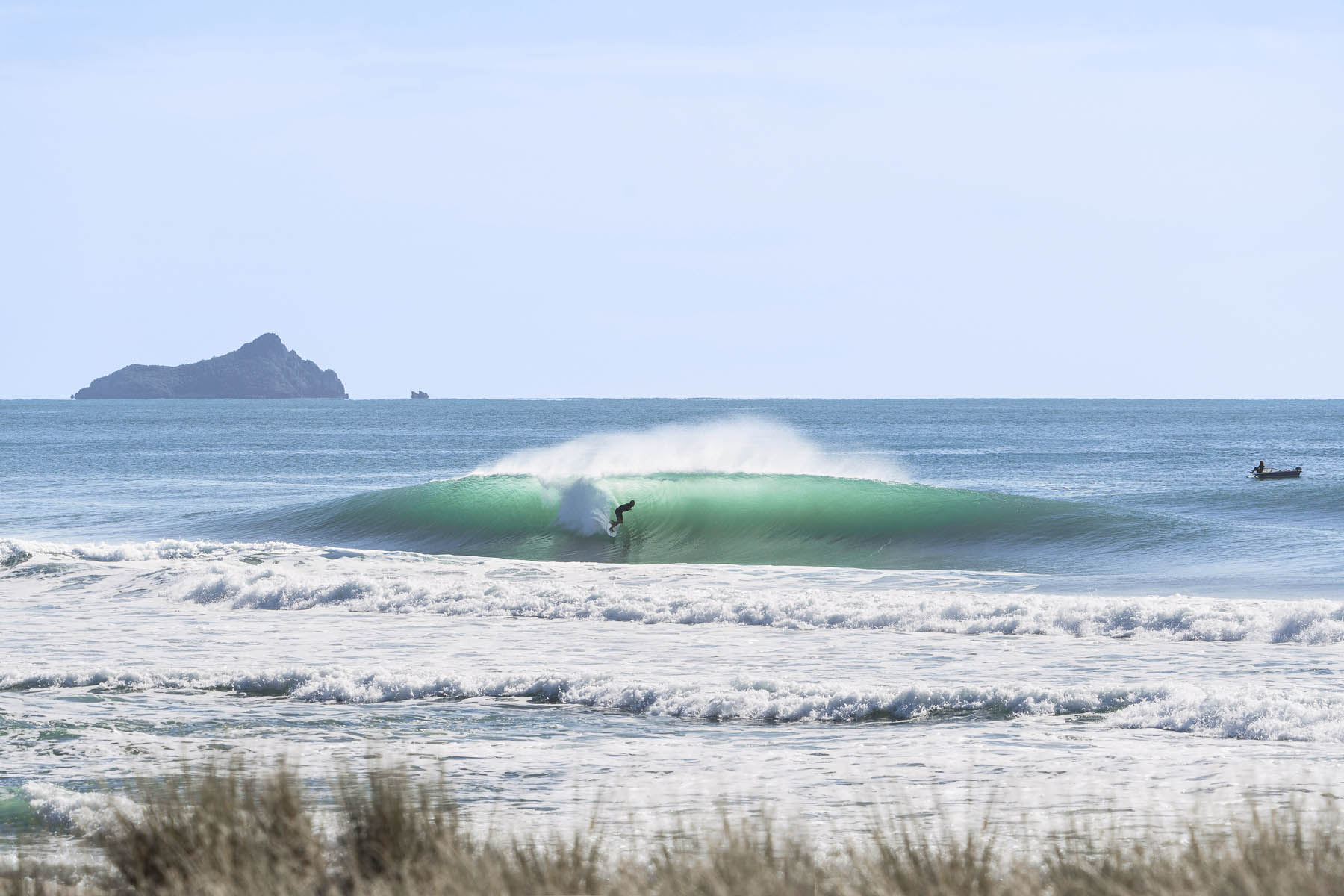

Ryan Heath > Sony A7RIV + Sony 100-400mm f/4.5-5.6

Sony Cyber-shot DSC-RX100 VII Digital Camera
I didn’t think I’d ever own a point and shoot camera, but when I saw the specs of this model I knew I had to have it. The main drawcard for me is it has a 24-200mm lens! I love shooting longer lens images and when traveling I always used to lug a 70-200mm lens around with me. In my opinion the RX100 VI is the ultimate travel camera. It’s tiny, can fit in your pocket easily and has a focal range that is incredibly versatile. The RX100 VI shares many of the same sophisticated features as Sony’s high end cameras like Eye Autofocus etc. It has a 1″ sensor which is quite large for a compact camera. This will give you great quality travel photos.
 Sony RX-100 VI
Sony RX-100 VI
Sony Alpha Lenses
These are the lenses I currently own and use for all my photography work. I’m not going to go into all the technical features of each lens as that info is readily available online. Click each lenses title if you’d like to read more about the specifications.

Sony FE 12-24mm f/4.0 G Lens
Generally I prefer shooting at longer focal lengths but on the odd occasion having a super wide lens can be handy. The only time I use this lens in the water is when I want to get a shot looking out of the barrel or a half under half over split shot. For both applications I like to go as wide as possible and set it to 12mm. I’ll also use this lens when I want to shoot a super wide landscape shot.
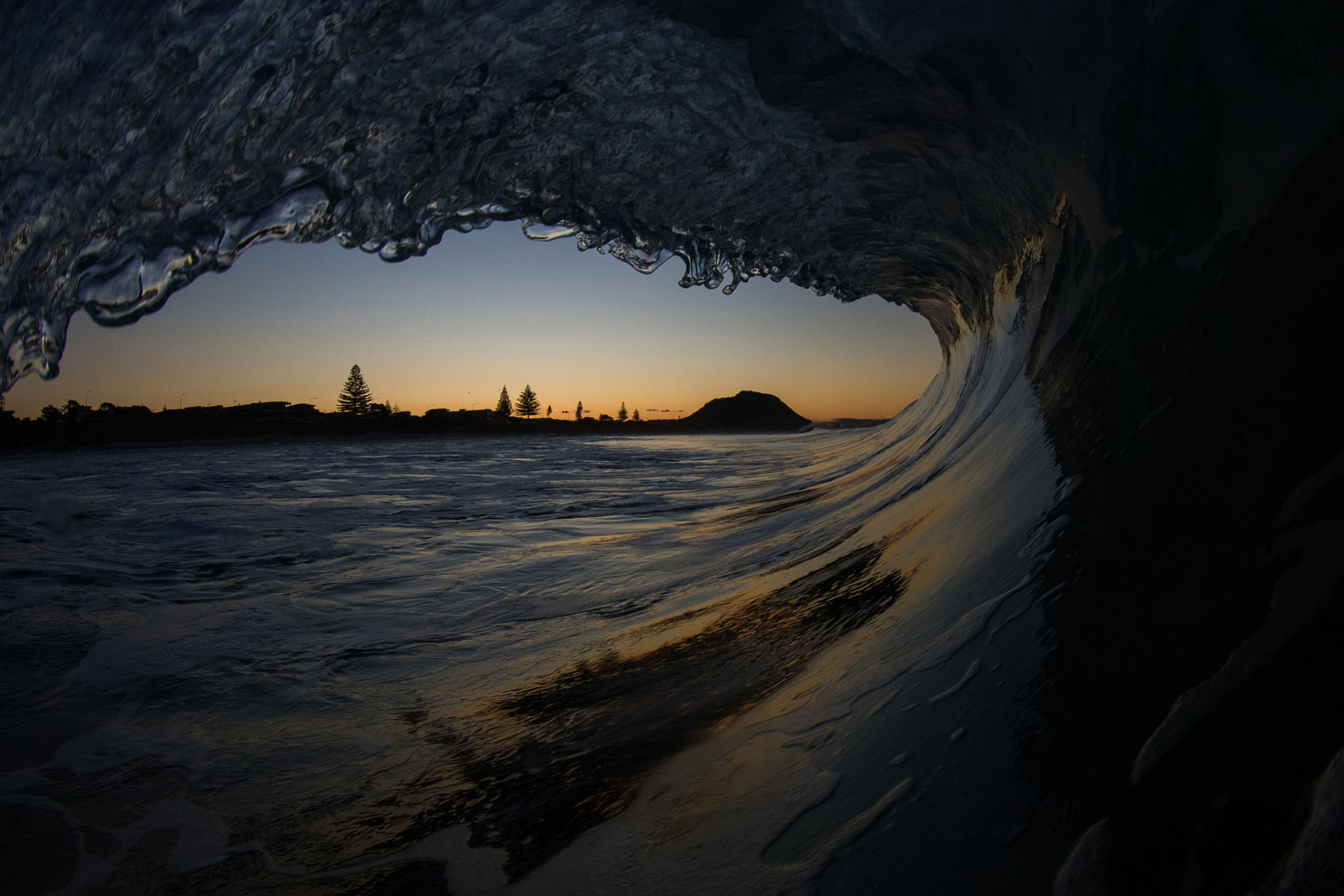 Sony A7RIII + Sony 12-24mm f/4.0
Sony A7RIII + Sony 12-24mm f/4.0
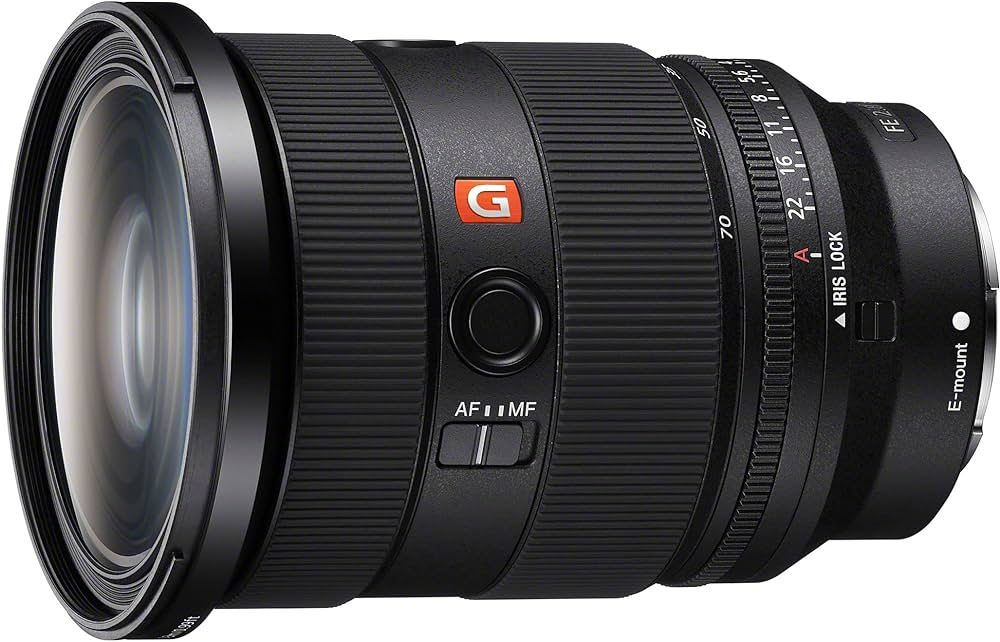

Sony FE 24-70mm f/2.8 GM II
I’ve only owned this lens about 6 months but I love it. It’s amazingly versatile and image quality is similar to a prime. Previously I had the Mk I version of this lens and I couldn’t be happier with the upgrade. This Mk II version is 20% lighter and significantly smaller with even better image quality. It’s in fact the smallest and lightest 24-70mm f/2.8 in the world! I use it a lot for lifestyle, weddings and line-up shots. It’s not a lens I use often in the water but sometimes I’ll take it out at sunrise, if there’s amazing colours in the sky it’s nice to have the ability to shoot wider and capture the whole scene.
Another cool feature of this lens it can focus quite close, so it’s handy for wedding detail shots. If I had to trim my lens collection down to only 3, this would definitely make the cut. If you’re doing paid photography work, the 24-70mm f/2.8 Mk II is a sound investment.
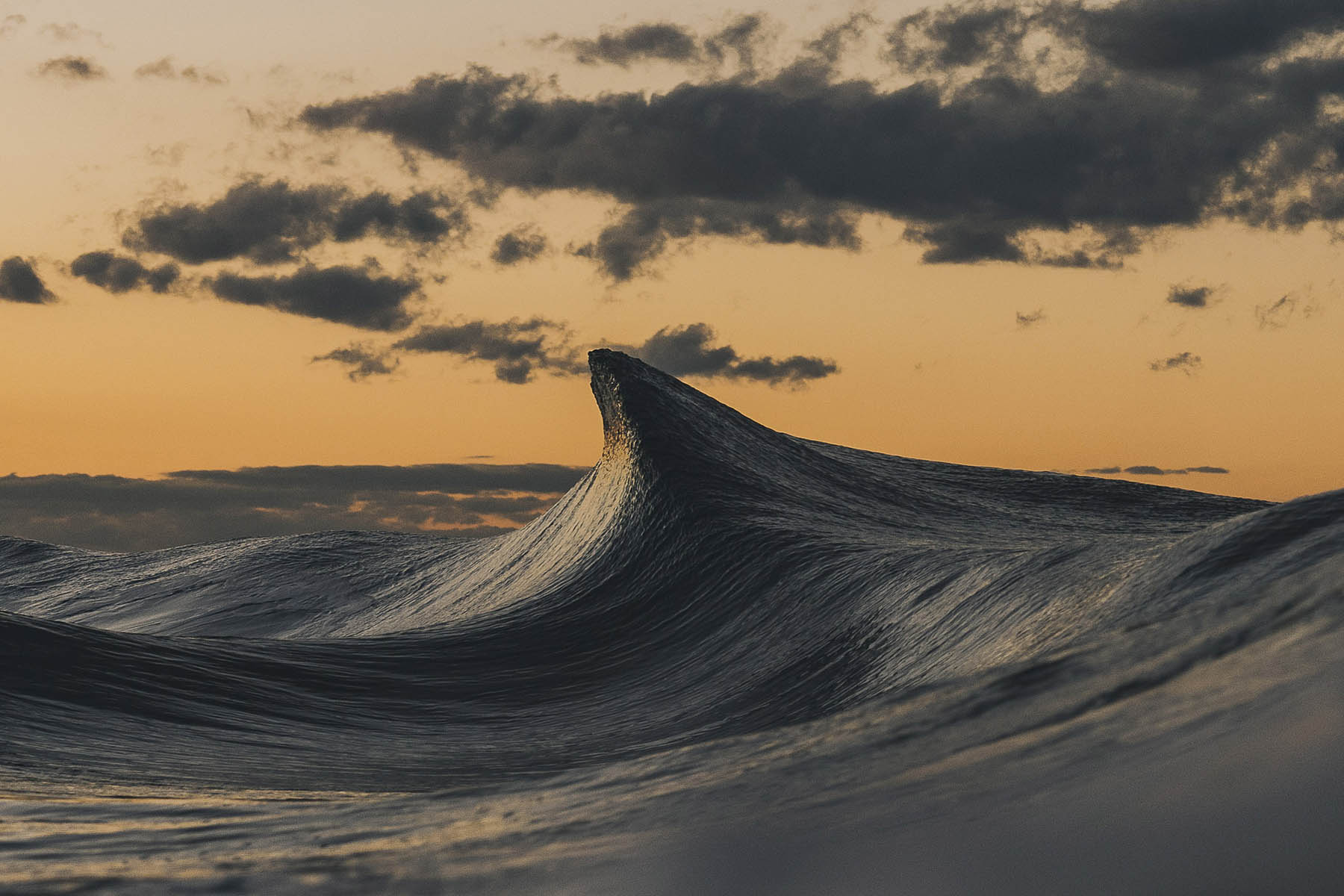

Sony A7IV + Sony 24-70mm f/2.8 MkII in Aquatech Edge housing


Sony FE 70-200mm f/2.8 GM MkII Lens
I prefer to shoot longer lenses in the water as I like the compression and how you can isolate of the wave as your subject. I also really like shooting tighter and showing the details and curves of the wave. So for me the on a full frame sensor like the A7IV & A7RV the 70-200mm focal length is perfect. Currently this is my most used lens when shooting in the water. It’s also a great focal length for shooting more pulled back surf shots from the land which is more my style. I had the MkI version of this lens but I found it a bit heavy for swimming (1480gm), this MkII version is almost 1/3rd lighter at only 1045gms. This is a the lens I always use when shooting off my jetski. Aquatech have a zoom gear system which mean I can use the full focal range in my housing.
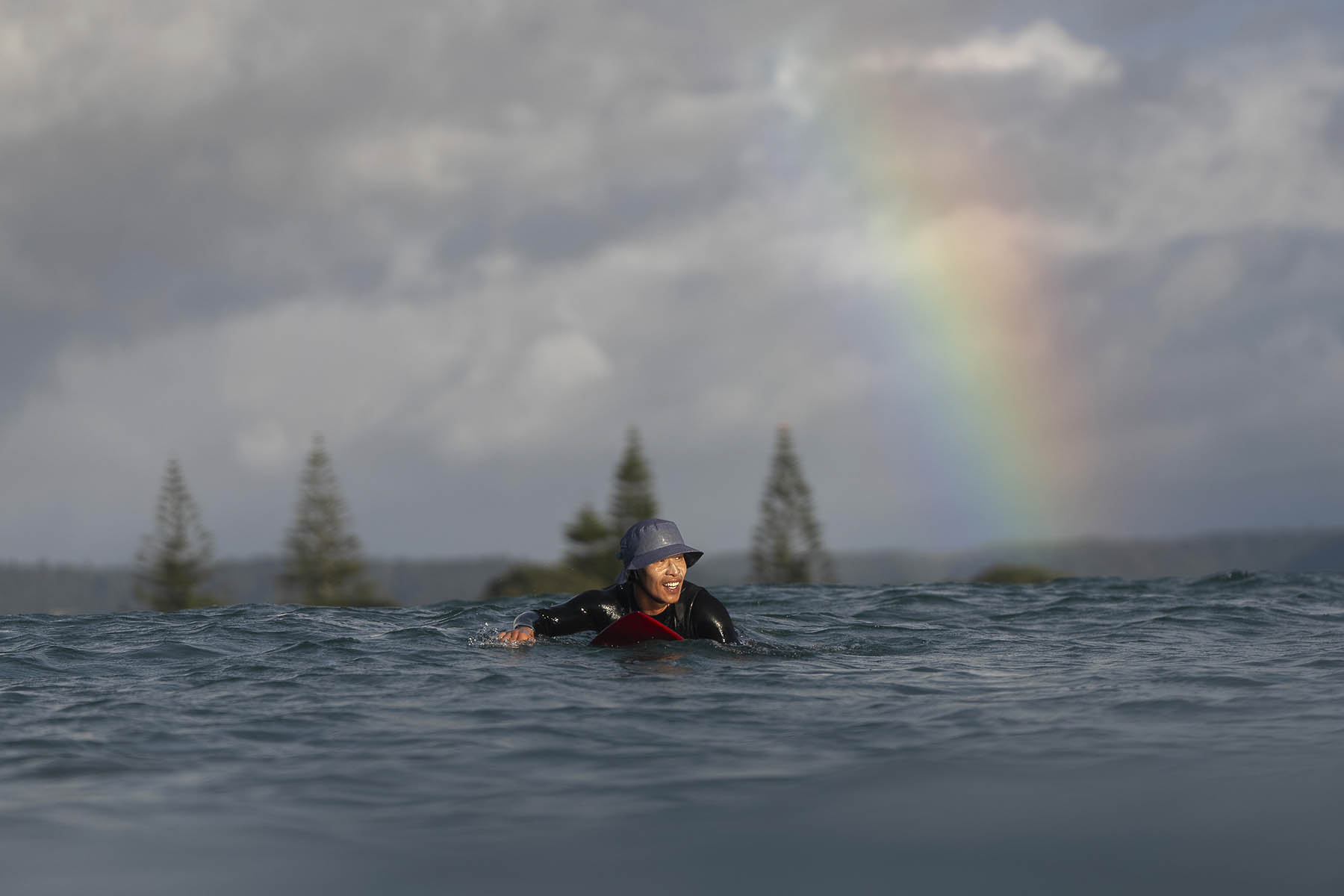
 Sony A7IV + Sony 70-200mm f/2.8 GM MkII
Sony A7IV + Sony 70-200mm f/2.8 GM MkII

Sony FE 100-400mm f/4.5-5.6 GM OSS Lens
I absolutely love this lens. This is an epic focal range for shooting surf from the land. I often prefer to shoot a bit more pulled back and include some foreground / background elements so the 70-200mm used to be my go to. I don’t miss the 30mm on the low end, but the extra 200mm to zoom with is amazing when I want to shot a bit tighter. The image quality throughout the zoom range is so crisp, far superior to any tele-zoom I’ve used before. If you need a bit more reach you can add the 1.4x or 2x converters.
 Sony A9 + Sony 100-400mm f/4.5-5.6
Sony A9 + Sony 100-400mm f/4.5-5.6
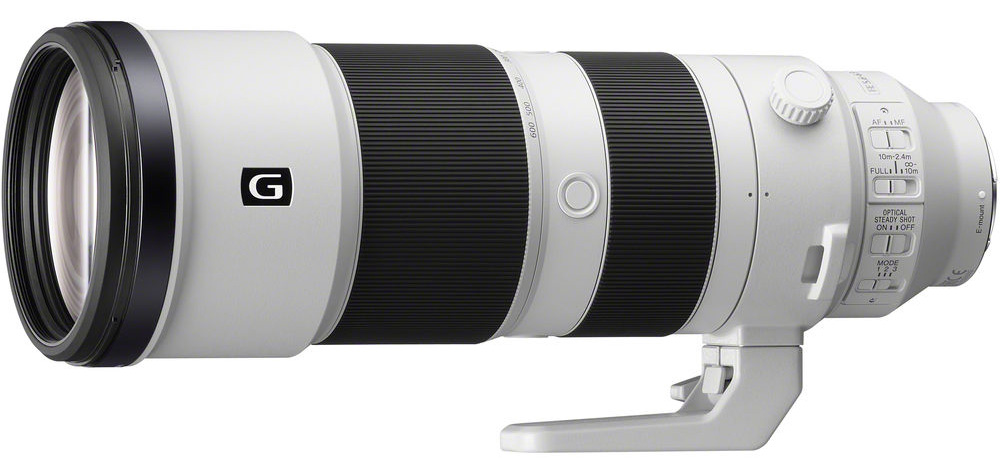

Sony FE 200-600mm f/5.6-6.3 G OSS Lens
Out of my tele lenses this is the one I use the least. I prefer to include other elements like foregrounds and backgrounds in my surf images to give them a sense of context so I often shoot more pulled back and lean more toward the shorter focal lengths. The 100-400mm f/4.5-5.6 is more my go-to, it’s a tad sharper and I can shoot with it hand held (where as this lens requires a tripod). On the occasions I want to shoot tight surf action this is the lens I’ll go for. For that application it’s a great lens and as most people prefer to shoot tighter action, I’d say this would be the most popular Sony lens for land based surf photography.
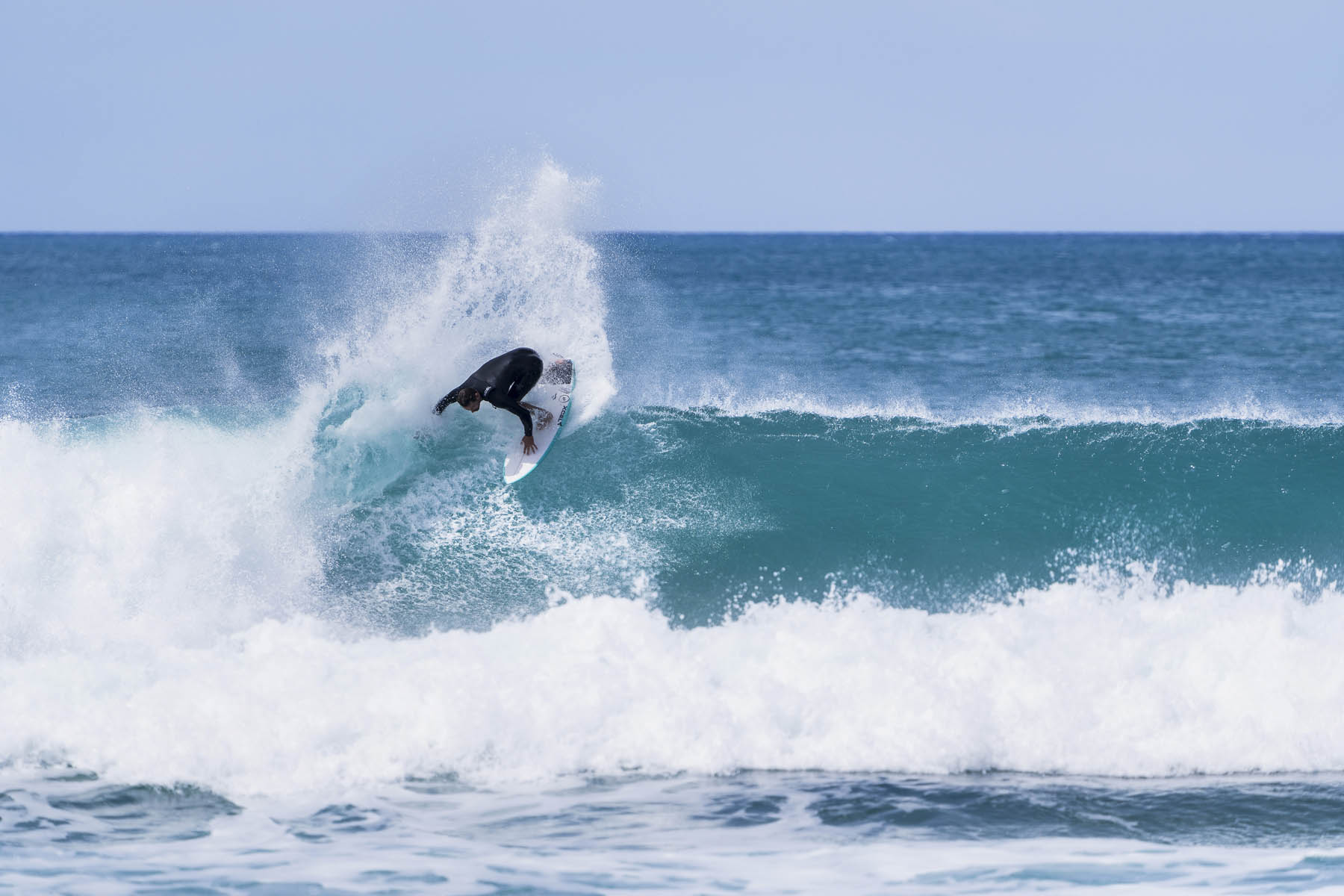

Sony A7RIV + Sony 200-600mm f/5.6-6.3

Sony FE 24mm f/1.4 GM Lens
24mm is not really a focal length I would use to shoot surf myself. My personal style is more the longer lens aesthetic, and then on the occasions I want to shoot wide I prefer to go super wide. But this is a great lens for shooting lifestyle, landscapes and weddings. For these applications I find 24mm is the perfect focal length that looks nice and wide, but doesn’t get too distorted. This lens is nice and compact, the 1.4 aperture is really handy for low light work and the image quality is great.
 Sony A7RIII + Sony 24mm f/1.4
Sony A7RIII + Sony 24mm f/1.4

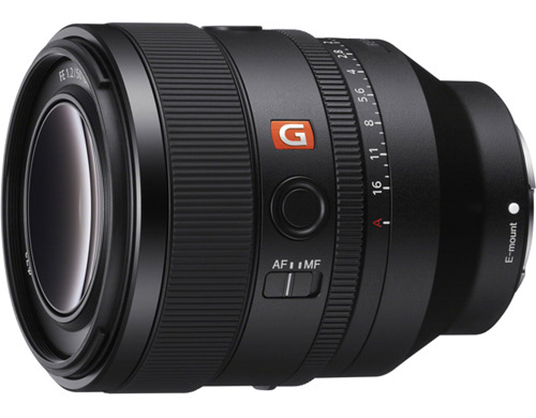
Sony FE 50mm f/1.2 GM Lens
I can’t express how much I love this lens. It’s my favourite prime by a huge margin, so much so that since I got it, I barely use an of my other primes. I use it a bit in the water and it’s produces outstanding image quality and shooting at f/1.2 looks super dreamy with amazing focus fall off.
But where I use it most if for wedding and lifestyle. Using the Sony eye-autofocus I shoot it mostly at f/1.2 and the images are crazy sharp. It’s so good that it makes you feel like a better photographer than you are!

 Sony A7IV + Sony 50mm f/1.2 GM in Aquatech Edge Housing
Sony A7IV + Sony 50mm f/1.2 GM in Aquatech Edge Housing

Sony Sonnar T* FE 55mm f/1.8 ZA Lens
Generally f/1.8 primes in the 50mm range are pretty basic low cost lenses with average image quality. But I think with this Zeiss lens they kept it as a f/1.8 just so it would be small and really didn’t cut any corners on the optics and construction. So what you get is an incredibly sharp lens that’s also nice and comact.
This is was my preferred prime for shooting from the water until I got the 50mm f/1.2. t’s also a great lens for shooting lifestyle and weddings. If you want a reasonably priced lens that’s compact and will give you great images the 55mm f/1.8 is worth checking out. It’s also a great lens for using on a gimbal for video work.
 Sony A6500 + 55mm f/1.8
Sony A6500 + 55mm f/1.8

Sony FE 85mm f/1.4 GM Lens
This was my favourite prime for shooting lifestyle and weddings until I got the 50mm f/1.2. It has a manual aperture ring which is nice for adjusting on the fly, but to be honest mine just stays at f/1.4 all day. It amazes me how sharp and accurate this lens is at f/1.4
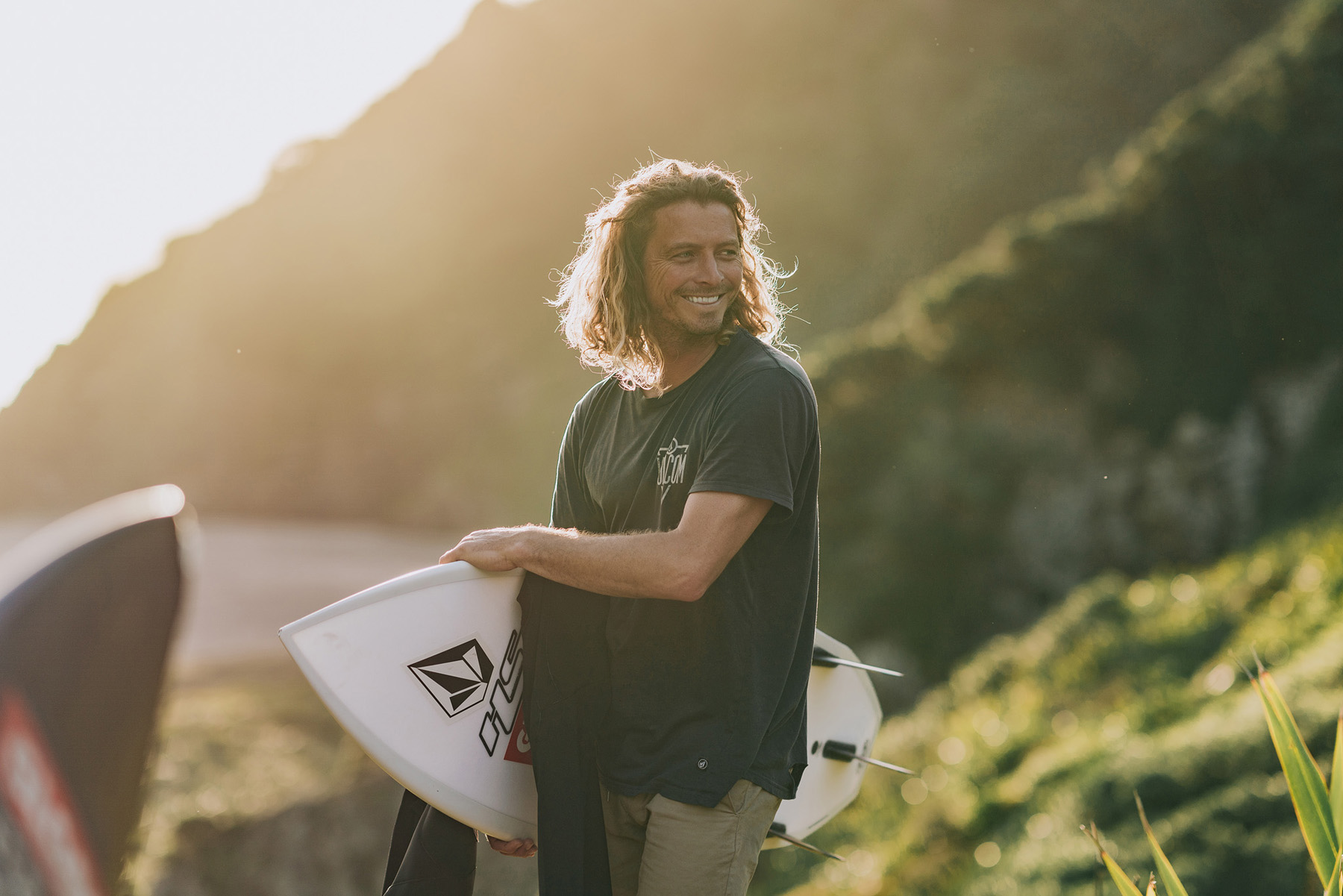 Sony A7IV + Sony 85mm f/1.4
Sony A7IV + Sony 85mm f/1.4

Sony FE 90mm f/2.8 Macro G OSS Lens
This is a fun prime lens for shooting in the water on my full frame cameras. 90mm is a nice focal length for shooting waves and the ability to be able to shoot macro is a bonus. You don’t even really need any waves to have fun shooting in the water when you have a macro lens. It’s also a handy focal length and aperture for shooting portraits and great for closeup wedding details like rings.
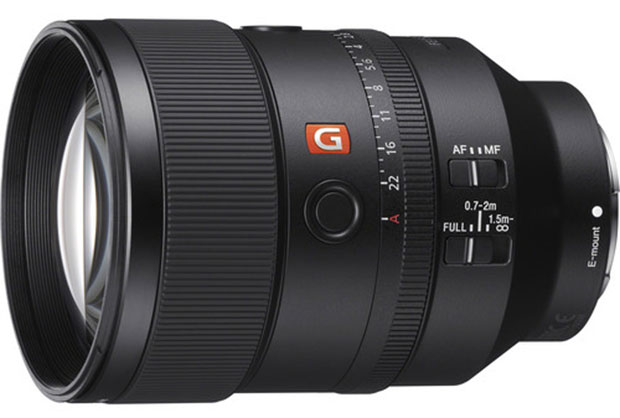

Sony FE 135mm f/1.8 GM Lens
This is a really unique lens. Being a long prime when shot at low aperture it gives amazing subject separation. Better than any other lens, your crisp subject will really pop off the soft background.
I find it quite a specialised lens, as the longer fixed focal length can be a bit awkward at time, but when the right scene presents itself the 135mm can produce magic images.
I’ll often get my wedding second shooters to use this lens and the photos are always amazing.
Three Lens Kit
One question I often get is “if you could only own 3 lenses what would they be?” That’s a difficult one for me as a shoot a varied range of photography, but if I was going to narrow it down to 2 main types of work I do.
Wedding Photography
Sony FE 24-70mm f/2.8 GM II
Sony FE 50mm f/1.2 GM Lens
Sony FE 70-200mm f/2.8 GM MkII Lens

Surf Photography
Sony FE 50mm f/1.2 GM Lens
Sony FE 70-200mm f/2.8 GM MkII Lens
Sony FE 100-400mm f/4.5-5.6 GM OSS Lens

If I was to only own 1 camera body it would definitely be the Sony Alpha A7RV. I could happily shoot anything and everything well with that camera.

If you have any gear related questions feel free to leave a comment below.
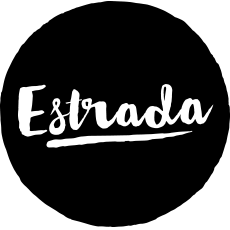
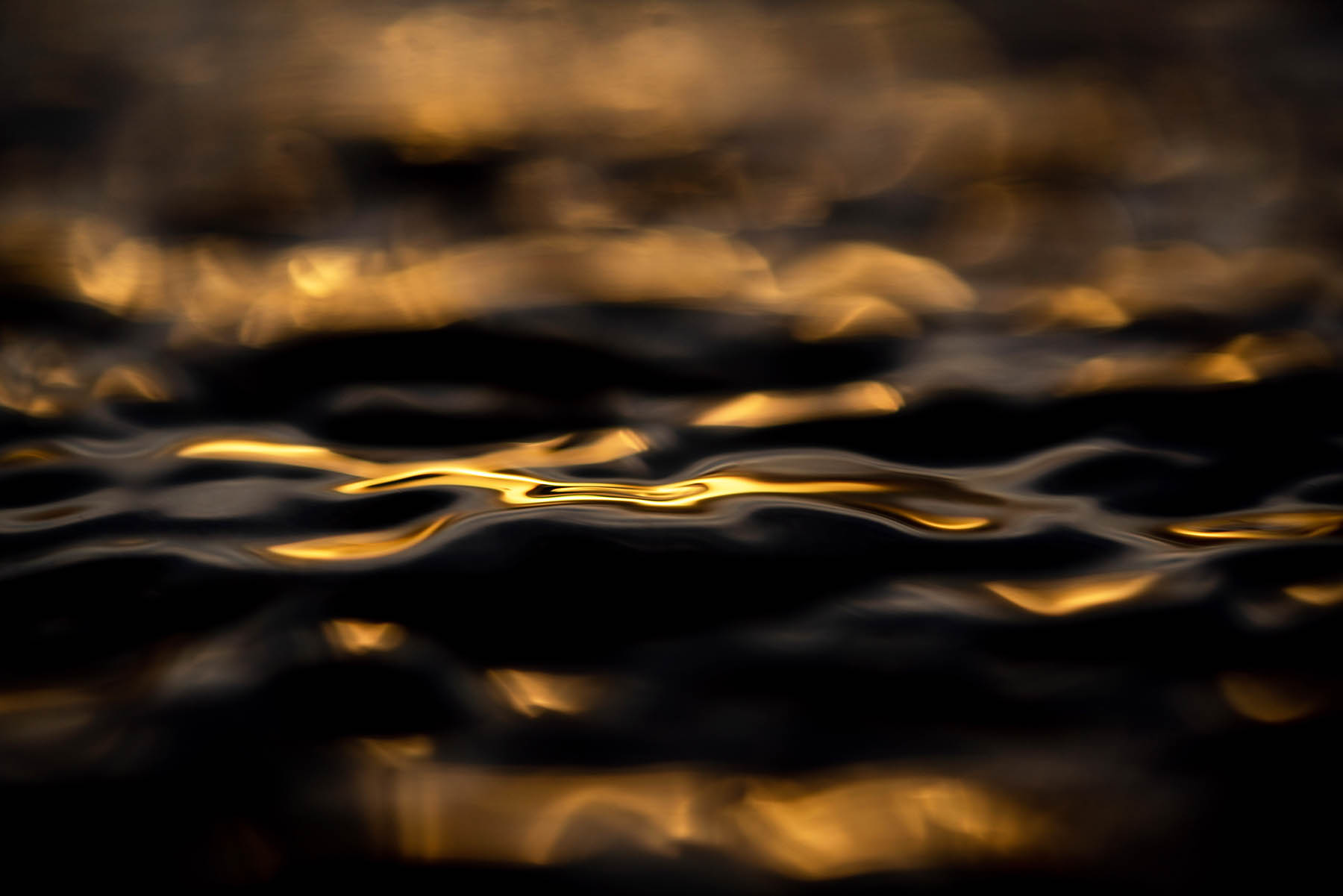

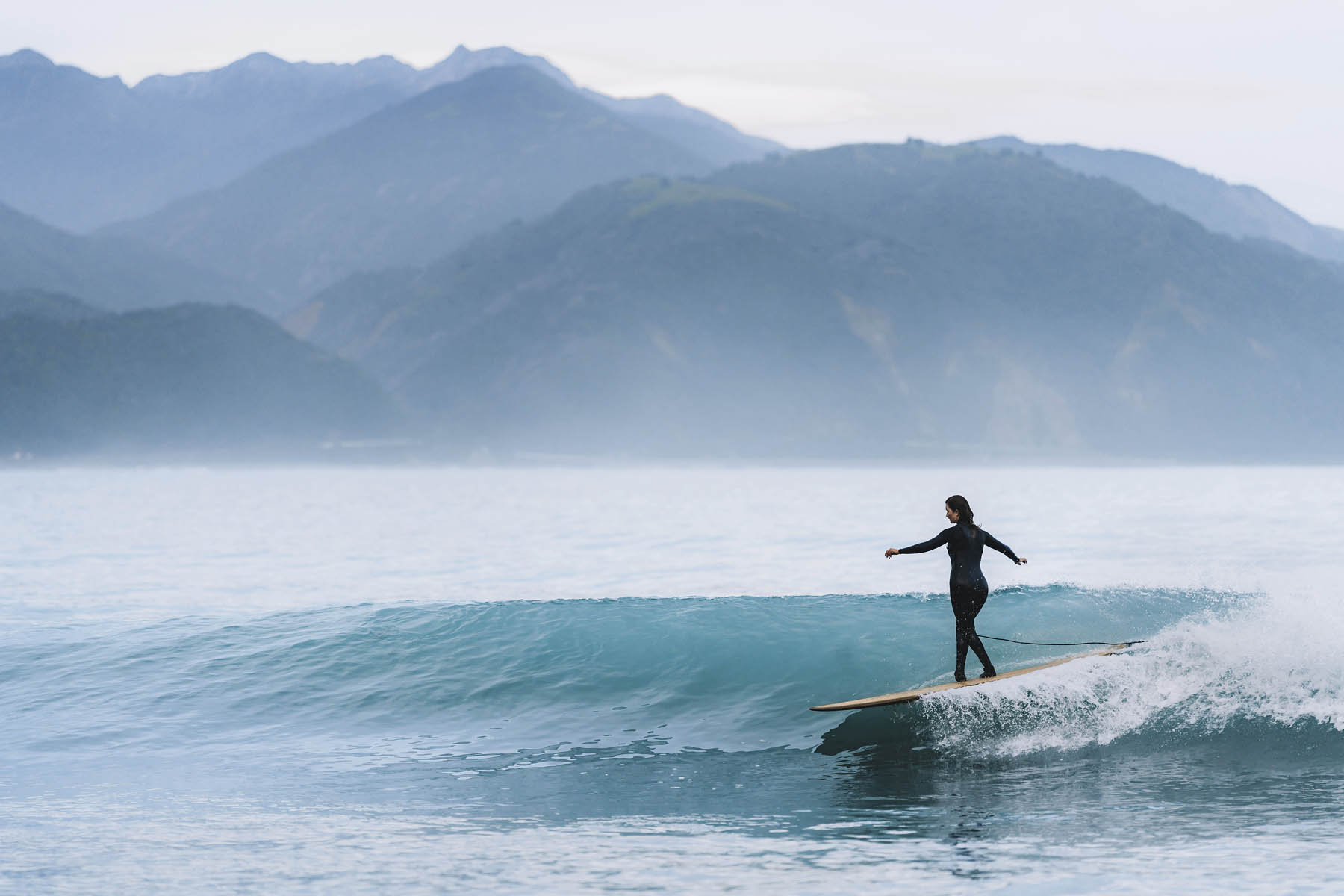

Leave a Reply